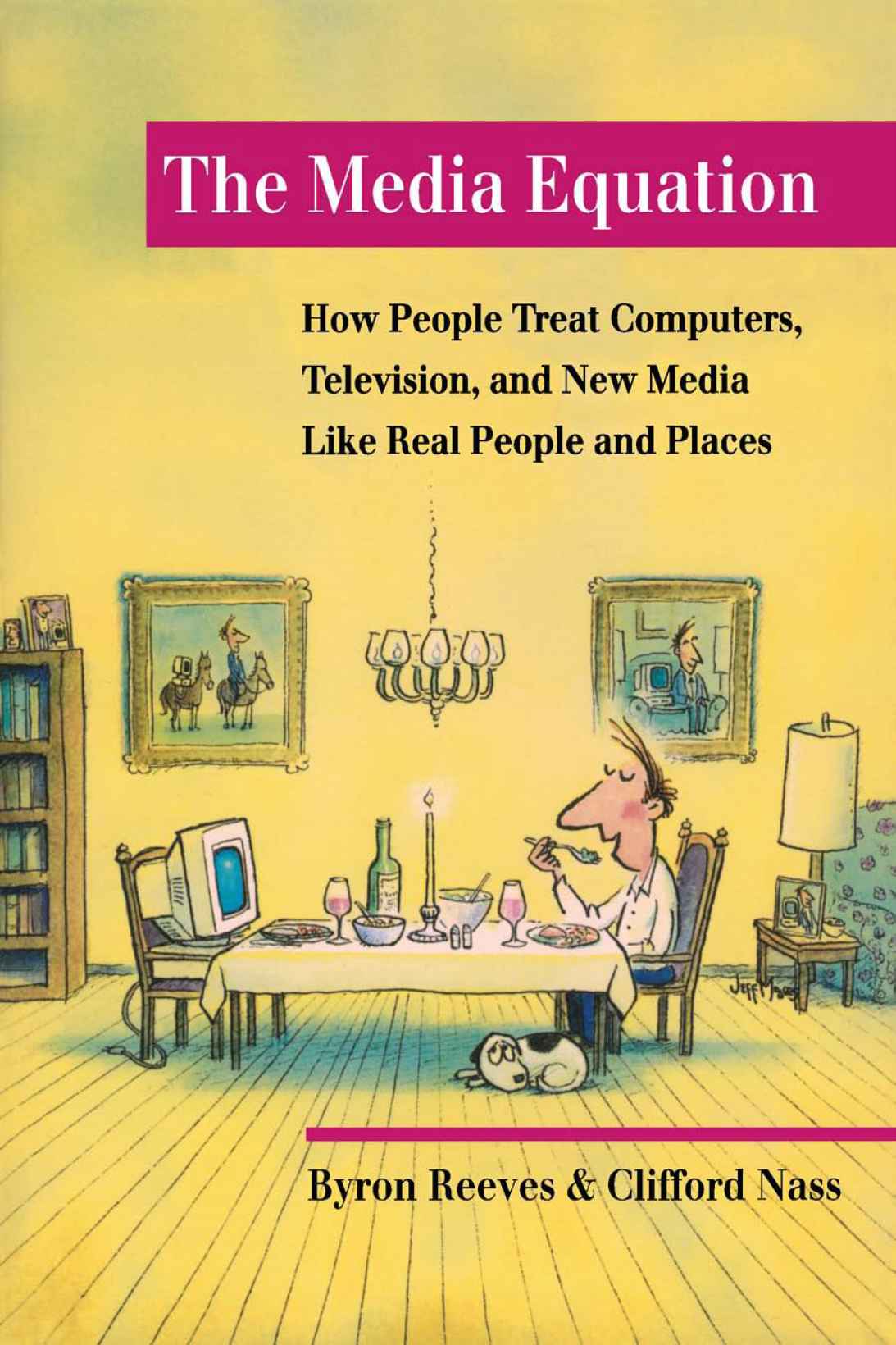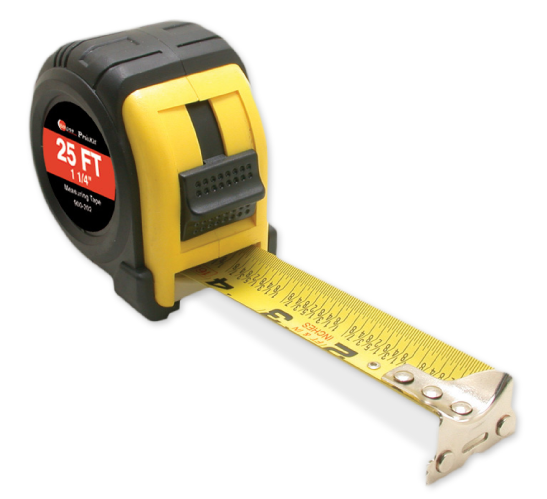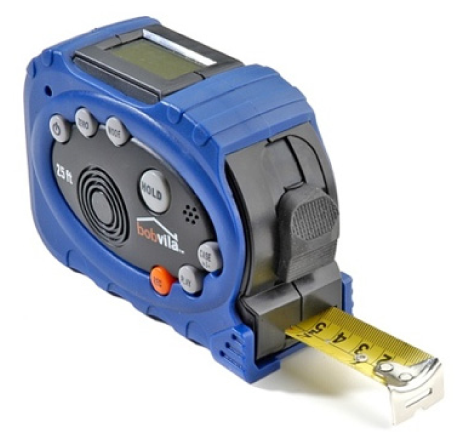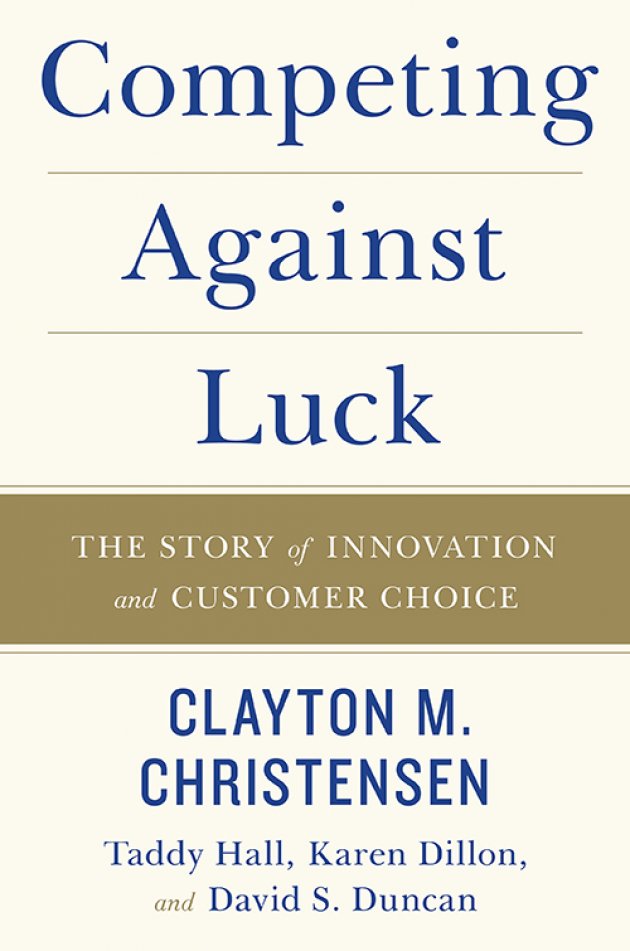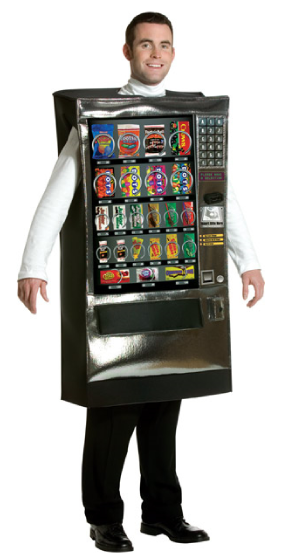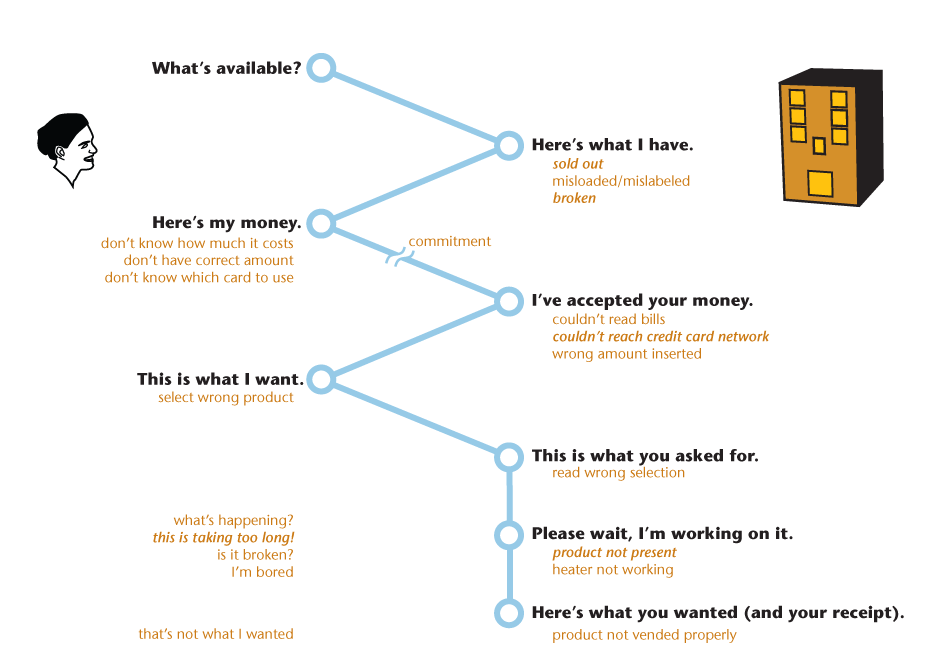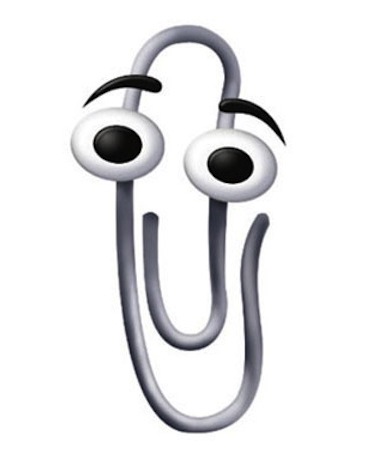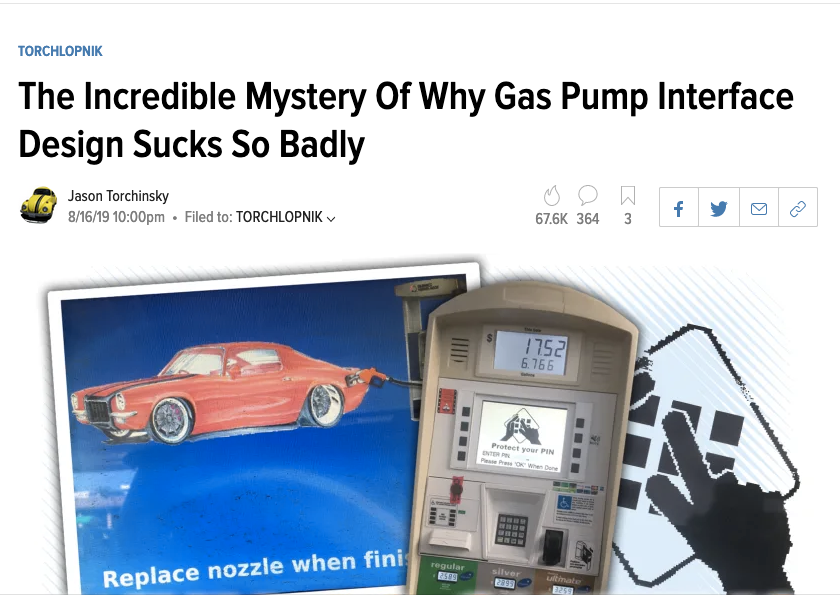What Is Product Behavior?
I. Products Are Like People
how I got into this
Sociology studies the set of tools that people have evolved to interact with each other. Reeves & Nass hypothesized and demonstrated that people apply the same sociological rules that we use interpersonally when dealing with media, computers, etc.
This can be extended to product design. Consider that until ~30 years ago, every product was an inanimate tool.
dawn of humans
until 30 years ago
Today, products want to be social actors. They want to take an active part in what you’re doing, and want information from you: why you’re doing it, how you’re doing it. They want to “assist” and “help.”
today
But are these social actors playing by our social rules? What if a person treated you this way?
all real things in my life

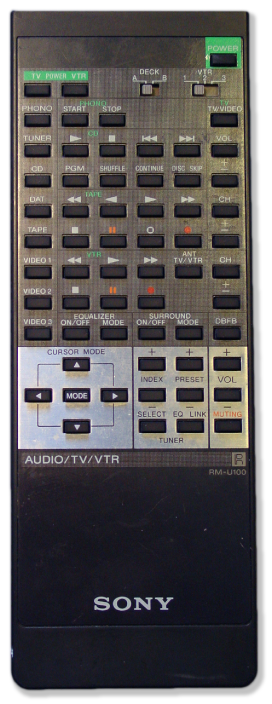
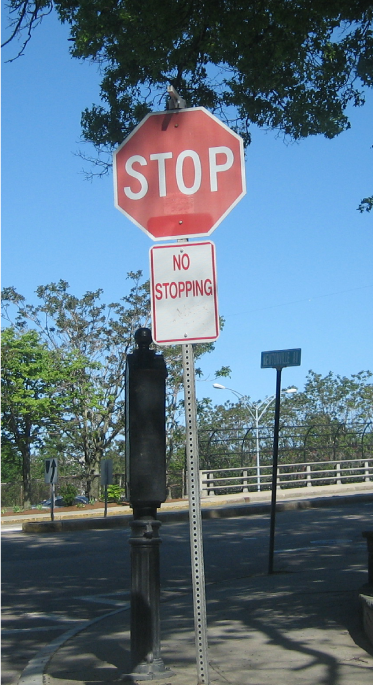
When we’re confronted with an adult who acts this way, communicating with non-sequiturs or too much information or not enough information, we know how to adapt and negotiate a way to communicate.
When a kid acts this way, we teach them to play by the rules - that’s what “politeness” is.
my kids: always polite
But products are not built to learn and negotiate a communication strategy - all the burden is on us. (Ironically, “negotiating a communication strategy” is a huge part of how the internet works, but only a tiny part of how the internet interacts with you.)
Big secret of the universe: This Is Why All Products Are Hard To Use. They don’t act like people and so we’re stuck carrying the entire conversation with someone speaking an alien language, who can’t see our body language or note our misunderstandings. We’ve all been at parties with people like that: it’s boring and difficult and we just want it to be over. Now look around: you’re in that party all the time. (It’s an occupational hazard for interface designers that every single product interaction is like a stick in the eye.)
“Product Behavior” is a design philosophy that contends products must play by human rules in order for humans to actually derive value from them. Products are like people.
II. Product Point-of-View
Cambridge or Amsterdam?
Crosswalk signals look pretty much the same in Cambridge, MA and Amsterdam, but there’s a critical difference. Cambridge signals count down to tell me how much time I have to get across before traffic runs me over. Amsterdam signals count down to tell me how long the wait is until I can start crossing.The form execution is the same but there’s a completely different philosophy underlying how and when the product does what it does.
Just like meeting a person on the street, there are specific expectations in both directions. What does this thing want from me? How does it expect me to act? What is its motivation?
Every product has a point-of-view - a self-image through which it defines how it wants to be perceived. What is your product trying to do? Hurry me along or calm me down? How does your product think it’s helping? What the product thinks is important dictates what it thinks is important to the user, what it communicates, and how it offers value.
Decide the product’s point-of-view.
III. Product Resume
fancy smart person book
“You hire a product to do a job.” Meaning, there’s more to a product than just “can it do the job?” It also needs to be employable: can work in your environment, with it’s colleagues, deliver value for reasonable costs over time, and everything else it means to hire.
- What does it want to do?
- What does it know about your business?
- What’s its history? How was it trained?
- Is it reliable and old-school, or a young, energetic idea generator?
There no right answer, but consider the resumes of people you would hire.
Write the product’s resume.
IV. Holding A Conversation
SysML Sequence Diagram
Sequence diagrams are a standard tool in systems engineering. We can adapt this concept directly to a user interaction scenario.
would you buy a candy bar from this guy?
How does a customer interact with a vending machine?
Conversation Diagram
Act out the conversations. If the interaction is awkward between two humans, it will only be worse when one of the humans is swapped out for your product.
Treat every interaction as a conversation.
V. Relationships Over Time
feature landscape
One way to think about specific features of a product is “how much does the user value it?” and “how often do they use it?”
Of course, With a new product, nothing is “frequent” because they’ve never done it before. But eventually, the novice becomes the expert.
shifting relationship
In the same way we renegotiate relationships with people we’ve known for a long time, relationships with products also evolve. Some features prove more valuable than others. Some are used all the time, some never. Some never-used features are the most valuable - I nearly never dial 911, but it’s incredibly valuable to me.
Take this into account: Act out the conversation as a new user who knows nothing, then as an experienced user who knows everything. What’s the difference in the conversation? How is the relationship renegotiated?
Expect and prepare for the product’s relationships to change.
VI. How This Goes Wrong
Uch
Products are not people. Siri works when it softens the edges of technology, but fails when it’s just a shortcut for typing. Watching someone overpronounce ten times in order to get a message across to their phone is not any kind of improvement of anything.
People want products to use the same rules people use, but that doesn’t make products into people. We want products that use the same rules as us, not products trying to be us.
Don’t be literal about it.
VII. Exercise
true fact
Design a better gas pump:
- Decide the product’s point-of-view
- Write its resume and think about the “job interview”
- Design a conversation it will have (be sure to act it out)
- Think about how a user’s relationship might change over time
